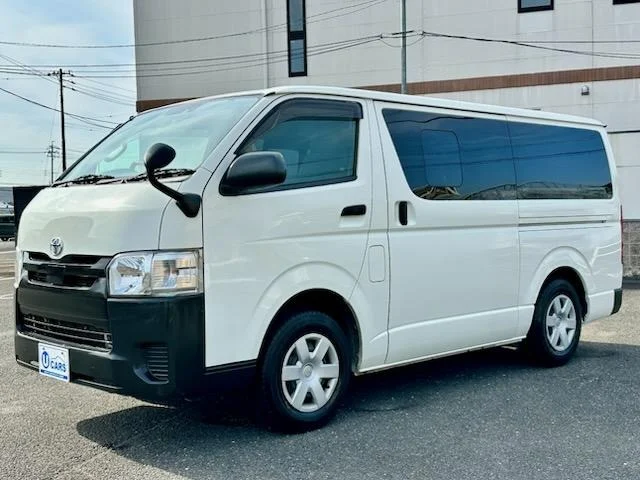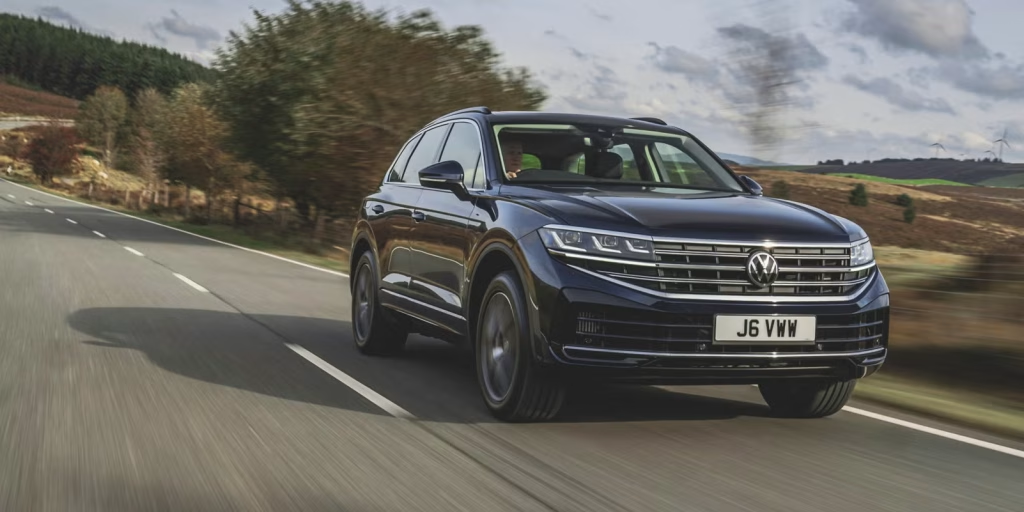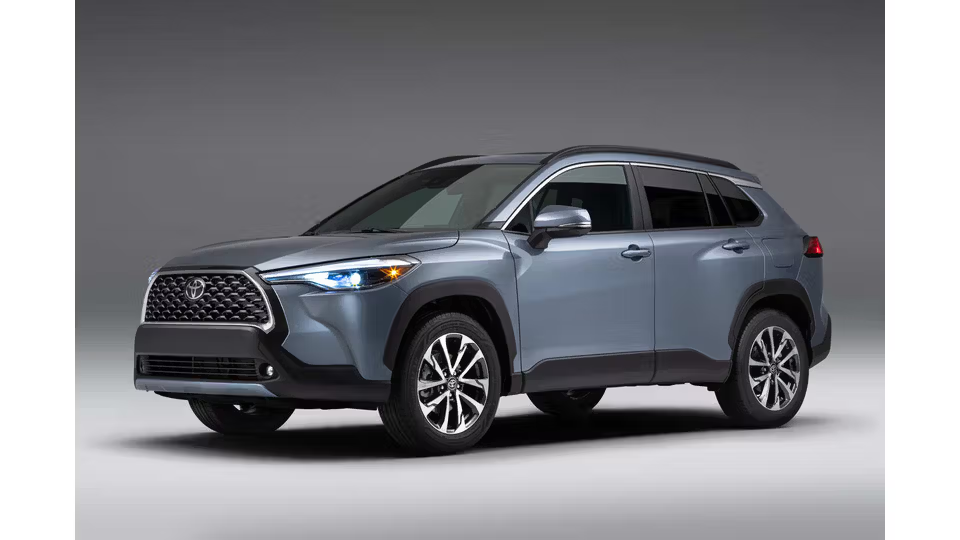Importing a car from Japan to Kenya has become one of the most cost-effective and reliable ways to own a high-quality vehicle. With access to a wide selection of models, competitive prices, and verified vehicle history, it’s no wonder thousands of Kenyans choose this route every year.
But the process can feel confusing—especially for first-time buyers. That’s why we’ve put together this easy-to-follow guide on how to import a car from Japan to Kenya in 2025.
Step 1: Choose the Right Car for Your Needs
Start by identifying the car that fits your lifestyle, budget, and performance needs.
Ask yourself:
- Do I need an SUV, sedan, or hatchback?
- Is fuel efficiency or space more important?
- Am I looking for a hybrid or petrol engine?
You can search for available cars on trusted platforms such as:
- BeForward.jp
- Enhance-Auto.jp
- Or use a local import expert like CarsKenya Import Listings
Step 2: Confirm Kenya Import Requirements
To avoid complications, make sure your car complies with Kenya’s import laws:
- Vehicle age limit: Must be 8 years old or less from the year of first registration
- Right-hand drive (RHD): Only RHD vehicles are allowed
- Roadworthiness inspection: Required before shipment (JEVIC or QISJ)
📌 At CarsKenya, we help clients verify vehicle eligibility before purchase.
Step 3: Get the Total Landed Cost
Your total cost to import includes more than just the car’s price.
Key cost components:
- Car purchase price (FOB)
- Freight and Insurance (CIF)
- Import duty, excise duty, VAT
- IDF (Import Declaration Fee)
- Port clearance and registration fees
- Agent service fees
💡 We offer a free cost calculator at CarsKenya to help you estimate the total landed cost for any unit.
Step 4: Inspection Before Shipping
All vehicles imported to Kenya must be inspected before leaving Japan.
Approved inspection bodies:
- JEVIC (Japan Export Vehicle Inspection Center)
- QISJ (Quality Inspection Services Japan)
- AutoTerminal Japan
Once the vehicle passes inspection, you’ll receive a Certificate of Roadworthiness, which is required by the Kenya Bureau of Standards (KEBS).
Step 5: Shipping to Mombasa Port
Once the car is paid for and inspected, it will be loaded onto a vessel and shipped to Mombasa Port.
Shipping options:
- RoRo (Roll-on/Roll-off): Cheaper and faster
- Container Shipping: More secure for high-value units
Estimated Shipping Time:
- From Japan to Kenya: 4–6 weeks
🚢 CarsKenya updates you with tracking and vessel details during shipping.
Step 6: Port Clearance in Kenya
When the car arrives at Mombasa Port, you must go through clearance and pay taxes.
Documents required:
- Bill of Lading (B/L)
- Inspection certificate (JEVIC or QISJ)
- Export certificate
- KRA PIN
- ID and proforma invoice
- Import Declaration Form (IDF)
Duties are assessed using the Current Retail Selling Price (CRSP) from KRA.
📦 We handle full clearance and registration at CarsKenya—no need to travel to Mombasa.
Step 7: Registration and Number Plates
Once cleared, the car is registered with NTSA via the TIMS portal.
NTSA TIMS process:
- Log in to NTSA TIMS
- Fill in registration details
- Upload required documents
- Pay fees and receive your logbook and number plates
📝 We assist with NTSA registration and can even deliver the car with plates to your doorstep.
Step 8: Delivery to Your Location
After clearance and registration, your car can be:
- Driven to your home
- Transported via carrier truck (ideal for long-distance or upcountry buyers)
📍 CarsKenya offers nationwide home delivery—saving you time and hassle.
Step 9: First Service and Inspection in Kenya
Before hitting the road, it’s wise to do a basic service:
- Oil and filter change
- Battery check
- Brake inspection
- Wheel alignment
For hybrid cars, we recommend battery health testing and software diagnostics.
🔋 CarsKenya hybrid imports come with a 2-year battery warranty via JVSC.
Summary: Steps to Import a Car from Japan to Kenya
- Decide on the car you want
- Verify it meets Kenya import rules
- Calculate full landed cost
- Book and pass pre-shipment inspection
- Ship the car to Mombasa
- Clear it at the port and pay taxes
- Register on NTSA TIMS and get plates
- Arrange delivery to your home
- Service the car before use
Final Thoughts
Importing a car from Japan is a smart investment if you want value, quality, and flexibility. With proper guidance and a trusted partner, the process is smooth, transparent, and cost-effective.
Need Help Importing a Car from Japan?
At CarsKenya, we’ve helped thousands of Kenyans import vehicles safely for over 15 years. Whether you’re buying a sedan, SUV, or hybrid, our team takes care of everything—from sourcing and shipping to clearance and delivery.
📞 Call/WhatsApp: +254 713 147 136
🌐 Explore Available Imports
📍 Visit us: Bishop Magua Building, Ngong Rd, Nairobi





